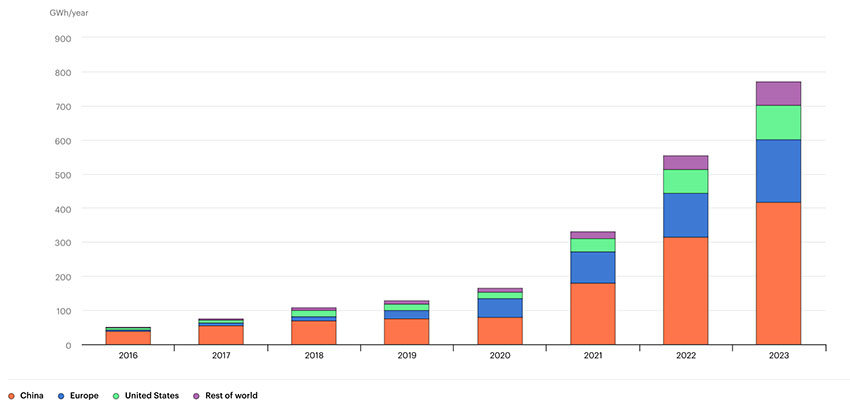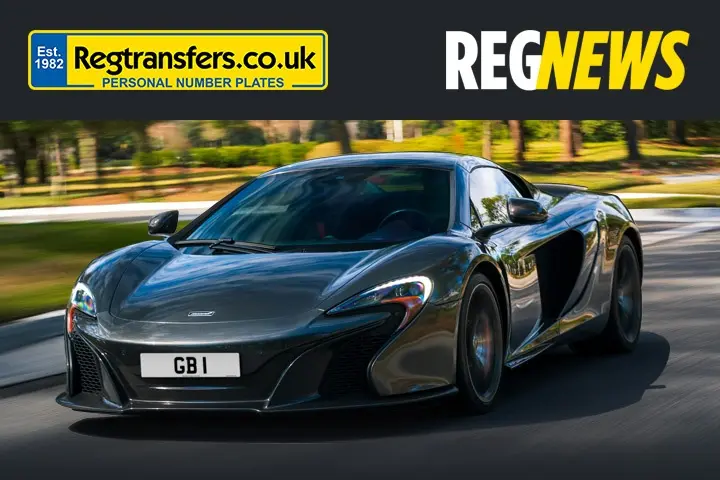
There is still resistance to the move from combustible fuels to electricity as a means of powering cars, but that resistance must, surely, be futile in the long run. The transition itself must happen: the world simply cannot sustain the infinite burning of fossil fuels and the eternal pumping out of carbon and other pollutants. Governments around the world are beginning to face up to the future, and to legislate for change.
Nature of the beast
Electric vehicles are a marriage of old technology and new. The basic motor car format remains: wheels, axles, transmission, engine. The basic mechanical engineering is still quite traditional in principle. The real evolution is in the electrically powered engine and its energy source.
The heart of an electric vehicle (EV) is the battery. It is what powers electric cars but, paradoxically, it has also been one of the things that has held them back.
One of the main factors making people reluctant to make the change from petroleum to electricity has been the relatively short distances achievable before battery charging becomes necessary. Even people who rarely undertake long journeys cite limited range as a concern.
In reality, range is not as critical a factor for most drivers as they seem to think it is. Even in the USA, where everyone seems to drive everywhere, the majority of households drive less than 100 miles per day, according to the USA's Environmental Protection Agency. Most people undertaking longer journeys will usually take a comfort break - time that could be used to top up a car's battery. So, even now when, on average, petroleum-fuelled vehicles generally have the edge where range is concerned, distance is more of a theoretical issue than a real-world one.
Fixing the perceived problem
When that inequality between the distances achievable on a single charge or tank of fuel is eliminated, or even reversed, then a major objection to going electric will be removed. Some new EVs can already equal the range of a comparable petrol car, and developments in battery technology mean that more and more models will soon do so.
Fierce competition is driving the development of battery technology in several directions. Where Tesla was once at the cutting edge of car battery development, there now seems to be a host of rival firms queuing up to announce advances in the field. Batteries are getting smaller, lighter, more efficient and more robust. The new generation of batteries deliver more energy than their predecessors; faster charging rates, better safety and stability, and more range.
Game changers
Short blade battery technology
The Chinese car manufacturer Zeekr, and its parent company Geely, claim their new batteries can be charged from 10% to 80% in just 10 and a half minutes. In June 2024, a Geely press release heralded the arrival of the car giant's lithium iron phosphate, short blade battery technology. Lithium iron phosphate batteries, known as LFP batteries (derived from the chemical formula LiFePO4), are not new: many companies, including Tesla, have used them for a few years. The difference lies in Geely's short blade design.
In addition to class-leading safety features and physical resilience, the company stated that "Based on the average family driving 20,000 kilometres a year, the New Short Blade EV Battery Technology can be in service for up to 50 years." In addition to the peace of mind that comes from driving a car powered by a long-lasting battery, the impressive charge-cycle lifespan could mean better resale prices for cars equipped with the technology.
Solid-state
Solid-state batteries have been a hot topic over the last couple of years. The term "solid-state" refers to the electrolyte medium used in the battery. Battery electrolytes are more often a liquid, or paste. In a traditional, lead-acid car battery the electrolyte is sulphuric acid diluted with distilled water; in an old-style zinc-carbon battery, like we used to use in flashlights, the electrolyte is an ammonium chloride paste, while in a modern alkaline battery, such as the popular brand with the copper coloured ends, the electrolyte is usually potassium hydroxide.
Solid-state car batteries differ in having a solid electrolyte, which makes the battery less prone to leaking. Improved thermal stability should make them safer, with less risk of fire or explosion. Potentially, greater energy density, faster recharge times and reduced weight will result in improved range for the cars that use them. Additionally, solid-state batteries can offer improved cycle life, giving them greater service longevity.
One current downside is that solid-state EV batteries are still mostly in the realm of development and promises and expected production dates for vehicles powered by solid-state are something of a moving target.
There are also dissenting voices. Robin Zeng, of China's CATL, the world's largest battery manufacturer, believes that solid-state is not practical for cars. He maintains that, despite claims to the contrary, solid-state batteries would not be safe and that the lithium in the batteries could react with air if a battery was damaged in an accident, thus presenting a safety hazard. Zeng, known as the Battery King, also questions the technology's durability and charge cycle longevity. CATL is, instead, working on sodium-ion batteries and condensed-matter batteries which use a semi-solid electrolyte.
The current landscape
But this is all still largely crystal ball gazing and hype. The developments in battery technology discussed above are unlikely to sway EV sceptics until those batteries are actually in cars that are available to buy. Even then, many people will want to wait and see what teething troubles may become apparent. So, for those who aren't holding their breath for the solid-state revolution, how are things looking right now?
The International Energy Authority reports that demand (measured in gigawatt hours or GWh) for EV batteries in 2023 was up 40% compared to 2022's figures. 95% of that growth was attributed to electric cars. Approximately 5% came from larger average battery sizes due to the increasing number of electric SUVs.
As one might expect, demand for batteries is highest in China, with Europe in second place.

IEA (2024), Electric vehicle battery demand by region, 2016-2023
IEA, Paris https://www.iea.org/data-and-statistics/charts/electric-vehicle-battery-demand-by-region-2016-2023
Licence: CC BY 4.0
Overall, electric vehicles are gradually replacing those powered by internal combustion but there is still hesitancy on the part of private owners in the UK. Here, most of the growth in the EV market is due to fleet sales.
The British public may approve of greener driving in principle but, in reality, issues such as battery range, availability of charging stations and the relatively high prices of most electric cars are still giving people excuses to delay committing.
Which EV's have the longest range in 2024?
In July, Auto Express published a list of the electric cars on sale in the UK that had the longest range. It is clear from the list that there are, right now, many cars available that do, indeed, rival the range of their petroleum-guzzling rivals. Here are the top performers.
| 1 | Mercedes EQS | 452 miles |
| 2 | Volkswagen ID.7 | 437 miles |
| 3 | Porsche Taycan | 421 miles |
| 4 | Polestar 2 | 406 miles |
| 5 | Porsche Macan Electric | 398 miles |
| 6 | Audi Q6 e-tron | 396 miles |
| 7 | Tesla Model S | 394 miles |
| 8 | Tesla Model 3 | 390 miles |
| 9 | Ford Capri - | 390 miles |
| 10 | BMW i7 | 387 miles |
It is still true that the cheapest petrol cars cost peanuts compared to any of the models listed above, and a petrol-powered vehicle of equivalent spec will almost certainly be cheaper than its EV counterpart. Prices are coming down - especially prices of used electric vehicles - however, purchase cost is probably still the biggest real obstacle where car-shoppers are concerned. The range thing really is becoming more of a relic than a real issue.
Let's be honest: how many of us really expect to drive 400 miles before we have a chance to recharge? And while the provision of fast charging points leaves much to be desired, home charging is a thing. Where you have to take your petrol or diesel car to the petrol station to fill up, your EV just charges right outside your house while you watch Love Island.
If your budget permits, why not embrace the future? It's coming whether we like it or not.
